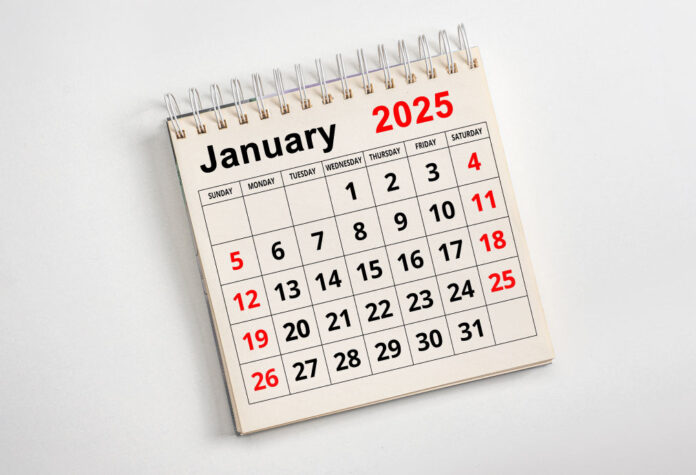Holidays have become one of the main revenue opportunities for businesses of all sizes. In 2025, the potential of celebrations should be further explored, according to Ana Somaggio, Marketing and Human Resources Director at Ótima Digital, one of Brazil’s largest distributors of messaging, telecommunications, CPaaS, and proprietary AI. “Celebrations are not limited to people’s personal calendars. For businesses, they represent a strategic growth engine. Those who plan ahead, invest in creative actions, and digital solutions can leverage their gains,” says the director.
Market data reinforces this analysis: during Christmas, for example, retail sales reached R$69 billion, while Black Friday achieved R$5.23 billion in e-commerce revenue, according to Statista. These numbers confirm that seasonal dates, when strategically worked on, help increase average spending, retain customers, and attract new audiences.
According to Ana, planning is a competitive differentiator. “Opening doors or posting a promotion on social media is no longer enough. It’s necessary to understand the customer, create targeted campaigns, and use digital tools to increase reach and conversion,” she explains. Among the main holidays to include in the 2025 business calendar, according to the expert, the following stand out:
- Back to School (February):campaigns can be targeted at parents, teachers, and students—who are also part of the purchasing decision process—with school supplies and even online courses.
- Carnival (February):besides costumes and drinks, brands can adapt their communication to sell items indirectly related to the celebration, such as vitamins and comfortable shoes to help with the festivities.
- Consumer Day (March):considered the “Black Friday” of the first half of the year, the ideal approach is to sell products at promotional prices and offer exclusive benefits to existing customers.
- Easter (April):thematic baskets and attractive visual marketing are essential.
- Mother’s Day (May):the second most profitable date of the year, ideal for personalization and loyalty. It’s important to maintain relationships with customers and attract new ones.
- Valentine’s Day (June):combine products with experiences. The brand can leave a lasting memory in a couple’s special moment, for example.
- Father’s Day (August) –invest in campaigns that create identification, such as telling real stories between fathers and children.
- Customer Day (September) –strengthen the bond with your audience by offering exclusive discounts. Invest in loyalty programs and use the date to collect feedback.
- Children’s Day (October) –toys, clothes, and electronics are favorites. Explore interactive actions between the digital and real worlds.
- Black Friday (November):significant discounts and urgency-driven actions are the secret to success on this date.
- Christmas (December) –the highest sales volume of the year, ideal for highlighting the company’s logo on customized kits. Create campaigns, offer unique experiences, and invest in audience segmentation.
In addition to a well-structured calendar, the director emphasizes the importance of investing in digital solutions to boost sales and provide a positive experience for customers, whether new or existing. “The integration of channels, such as WhatsApp, SMS, and webchat, personalizes and speeds up the purchasing process. Tools like virtual assistants and chatbots are essential for efficient and quick service without losing quality,” she says.
One of the main benefits of automation is scalability with a touch of personalization. Bots developed by Grupo Ótima Digital, for example, handle over 500,000 daily interactions, answering questions effectively and reliably. “Even so, human supervision is indispensable. While GenAI speeds up content creation, professionals bring context and nuances, ensuring communication remains relevant,” she points out.
Ana also highlights that these technologies provide a multichannel experience for consumers. “Convenience and interaction are clear customer demands. Companies that offer agile journeys, combining automated service with real-time support, win public preference and loyalty,” she concludes.


